mrshaleyberg
TPF Noob!
- Joined
- Jun 6, 2010
- Messages
- 384
- Reaction score
- 10
- Location
- Indiana
- Can others edit my Photos
- Photos OK to edit
First off,
It's been a VERY long time since I've posted on here. Too long, in fact. I still linger around on here every so often, but have been busy with life, and haven't paid much attention to TPF.
So recently, (lets say..two days ago) I received my first Alien Bees B800 strobe! I'm more than excited to play and experiment with this thing. I have been playing with it for a few days (ever since I got it). I am determined to do maternity pictures of my friend to help me learn different ways to use it. I will be ordering a second strobe in a few weeks, but for now, I'm trying to just work with one.
Can anybody give me advice to achieve a picture similar to this?
http://lalumierephoto.com/blog/wp-content/uploads/2010/04/wilmington-maternity-photographer.jpg
I have no idea where to place my strobe when it comes to this. I tried doing some "self portraits" but it's very hard not having a subject so I can stay directly behind the camera.
Question:
What power should I have my strobe at for something like this? Half? Full?
I'm guessing this is one of those things where its a "trial and error" type thing. It's fun, and I'm totally excited to be getting the chance to use a strobe!
Any feedback and help from you guys would be great!
-Haley
It's been a VERY long time since I've posted on here. Too long, in fact. I still linger around on here every so often, but have been busy with life, and haven't paid much attention to TPF.
So recently, (lets say..two days ago) I received my first Alien Bees B800 strobe! I'm more than excited to play and experiment with this thing. I have been playing with it for a few days (ever since I got it). I am determined to do maternity pictures of my friend to help me learn different ways to use it. I will be ordering a second strobe in a few weeks, but for now, I'm trying to just work with one.
Can anybody give me advice to achieve a picture similar to this?
http://lalumierephoto.com/blog/wp-content/uploads/2010/04/wilmington-maternity-photographer.jpg
I have no idea where to place my strobe when it comes to this. I tried doing some "self portraits" but it's very hard not having a subject so I can stay directly behind the camera.
Question:
What power should I have my strobe at for something like this? Half? Full?
I'm guessing this is one of those things where its a "trial and error" type thing. It's fun, and I'm totally excited to be getting the chance to use a strobe!
Any feedback and help from you guys would be great!
-Haley




![[No title]](/data/xfmg/thumbnail/35/35212-039632ef3763350189fc49390cb7eadf.jpg?1619736950)
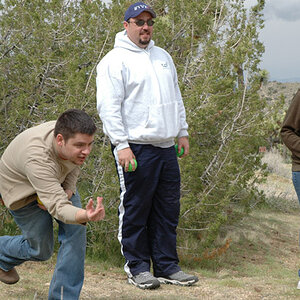
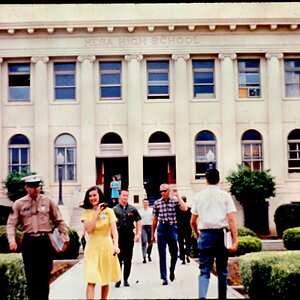
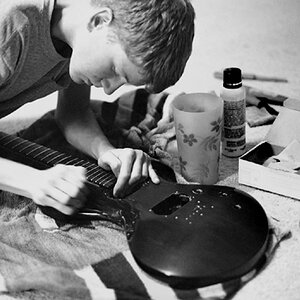
![[No title]](/data/xfmg/thumbnail/35/35213-19b5e1596f756d523bfde9446f21ca8a.jpg?1619736951)
![[No title]](/data/xfmg/thumbnail/41/41765-153b10bab62ae8adbcc4d984fd08ed74.jpg?1619739885)
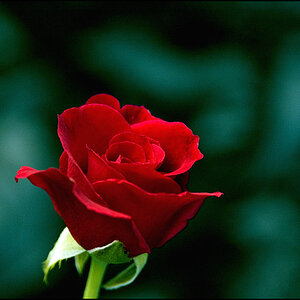
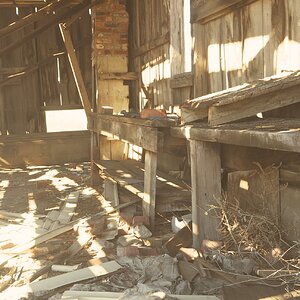
![[No title]](/data/xfmg/thumbnail/32/32706-50b778fbc110c8ea4472547d54c6a923.jpg?1619735610)